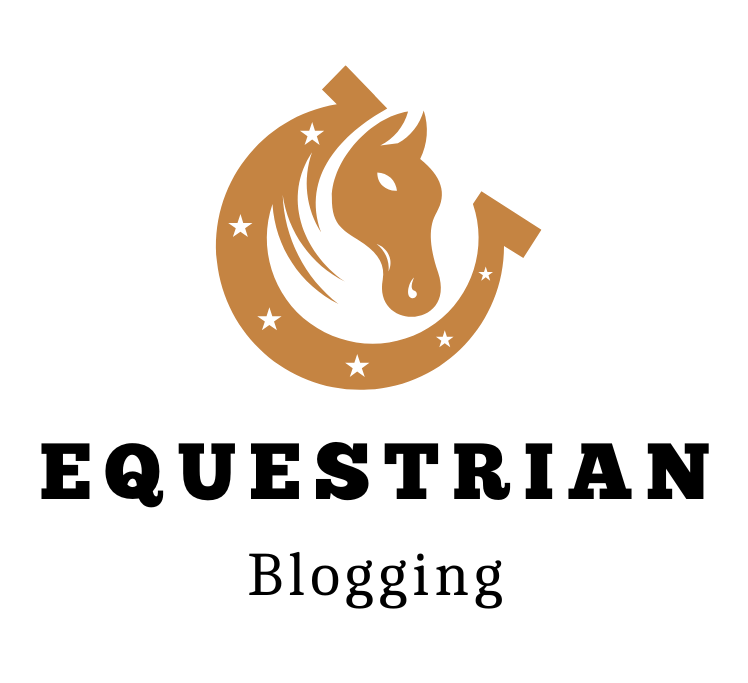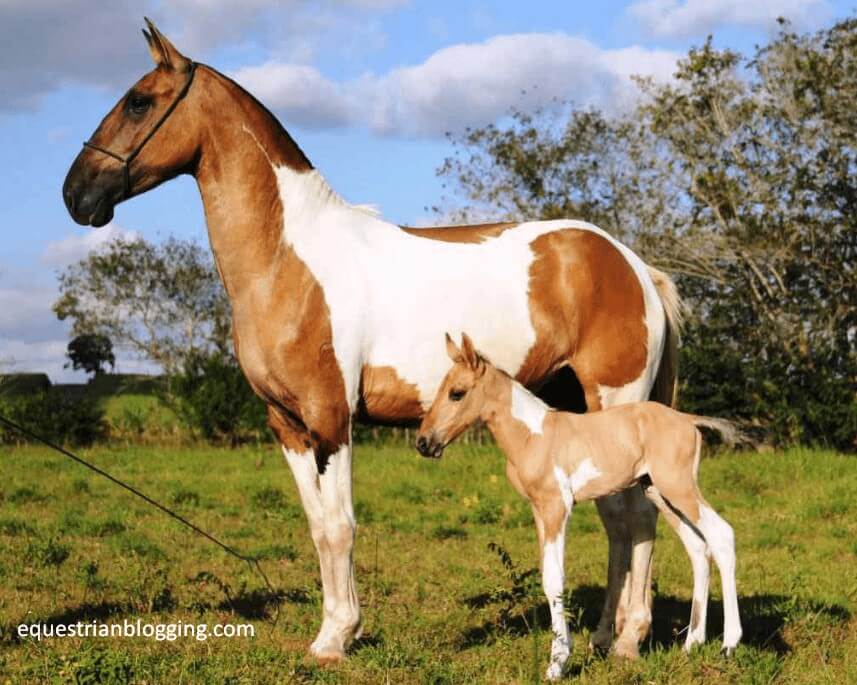A Roman nose in horses refers to a facial profile that is convex, often seen in draft horses. It is the opposite of a dished face, which is a concave profile commonly associated with Arabians.
Some breeds that tend to have Roman noses include draft horses, Lusitanos, Andalusians, and certain gaited horses. However, in cowboy culture, the Roman-nosed horse is sometimes considered less attractive compared to their more refined counterparts. A Roman nose in horses is a facial profile that is convex, often seen in draft horses.
It is the opposite of a dished face, which is a concave profile commonly associated with Arabians. Some breeds that tend to have Roman noses include draft horses, Lusitanos, Andalusians, and certain gaited horses. However, in cowboy culture, the Roman-nosed horse is sometimes considered less attractive compared to their more refined counterparts.

Distinctive Features
The Roman Nose horse is known for its distinctive convex facial profile, often associated with draft breeds and horses such as the Lusitano and Andalusian. This unique feature sets them apart from other breeds, adding to their individual charm and allure.
Convex Facial Profile
A Roman nose is characterized by its convex facial profile, which means that it curves outward rather than being straight or concave. This distinctive feature gives the horse’s face a unique, bold appearance that sets it apart from other breeds. The Roman nose is often associated with strength and power, making it a desirable trait for certain horse enthusiasts.
Comparison With Dished Face
On the other hand, a dished face is the opposite of a Roman nose. It has a concave profile with a dip in the face between the eyes and nostrils. This profile is commonly seen in Arabian horses and is often associated with grace and elegance. While both profiles are unique and attractive in their own ways, the Roman nose offers a more pronounced and bold facial structure.
Association With Specific Breeds
The Roman nose is particularly prevalent in certain breeds of horses. Draft horses, such as Clydesdales and Percherons, are known for their well-defined Roman noses. These large and powerful horses often display this characteristic, which adds to their majestic and commanding presence. In addition, Lusitanos and Andalusians, with their distinct Spanish heritage, also frequently showcase the Roman nose feature.
Furthermore, the Roman-nosed horse has gained popularity in cowboy culture. This unique characteristic gives the horse a rugged and tough appearance, making it popular among cowboys and western enthusiasts. The Roman-nosed horse is often associated with strength, resilience, and reliability, characteristics highly valued in the cowboy lifestyle.

Breeds And Characteristics
A Roman nose is a distinct facial profile in horses that is characterized by a convex shape. This prominent feature is often associated with certain breeds, each with their own unique characteristics. Let’s explore some of these breeds:
Draft Horses
Draft horses are known for their strength and power, and many of them boast a Roman nose. These horses have a sturdy build, broad chests, and robust legs, making them well-suited for heavy work such as pulling carriages, plowing fields, or carrying heavy loads. Some popular draft horse breeds include the Belgian, Percheron, and Clydesdale.
Lusitanos And Andalusians
Lusitanos and Andalusians are two breeds that are often associated with the Roman nose. Both originate from the Iberian Peninsula and share similar characteristics such as a compact body, strong hindquarters, and elegant movements. These horses were traditionally used in warfare and bullfighting and are highly regarded for their agility, intelligence, and noble appearance.
Maremmano Of Lazio, Italy
The Maremmano of Lazio, Italy, is a distinct breed that was favored in ancient Rome and often served as the mount of Roman emperors. These horses have a strong build, broad chests, thick manes and tails, and robust legs. They are known for their endurance and versatility, making them suitable for various equestrian disciplines such as dressage, showjumping, and endurance riding.
In conclusion, Roman-nosed horses can be found in various breeds, each with their own unique characteristics. Whether you admire the power and strength of draft horses, the elegance of Lusitanos and Andalusians, or the historical significance of the Maremmano of Lazio, these horses continue to captivate and fascinate horse enthusiasts around the world.
Perceptions In Different Cultures
Exploring the varied perceptions of Roman Nose Horses across different cultures sheds light on the diverse viewpoints and preferences surrounding this distinctive equine feature.
Cowboy Culture
In the realm of cowboy culture, the Roman-nosed horse holds a unique position, often seen as less elegant compared to other breeds. This perception stems from the preference for sleeker and more refined equine companions.
Iberian And Related Breeds
Among Iberian and related breeds, such as Lusitanos and Andalusians, the Roman nose is embraced and even admired. These breeds showcase the classic Roman profile with pride, emphasizing the strength and heritage associated with this feature.
Modern Perspectives
In modern equestrian circles, the perception of Roman Nose Horses has evolved. While some still hold onto traditional biases, many now appreciate the unique character that a Roman nose adds to a horse, recognizing it as a distinctive and defining trait.
Appreciation And Desirability
Roman Nose horses have long been appreciated and desired for their unique and striking appearance in the equine world. Their distinct facial profile and conformation hold a special appeal to horse enthusiasts and breeders alike.
Influence On Horse Conformation
The Roman Nose, characterized by its convex facial profile, is often associated with draft horses, Lusitanos, Andalusians, and certain gaited horses. This prominent feature plays a significant role in defining the overall conformation of these breeds, contributing to their strength and imposing presence.
Aesthetics In Horse Breeding
In horse breeding, the presence of a Roman Nose is often considered a desirable trait that adds a touch of elegance and uniqueness to the lineage of the offspring. Breeders may specifically seek out Roman-Nosed stallions and mares to incorporate this distinctive characteristic into their breeding programs, aiming to preserve and enhance the breed’s aesthetic appeal.
Varied Preferences Among Horse Enthusiasts
Within the equestrian community, preferences for Roman Nose horses vary among enthusiasts. While some admire the regal and commanding presence exuded by these equines, others may favor the refined and delicate features of horses with a different facial profile. These varied preferences contribute to the diversity and richness of the equine world, accommodating the wide-ranging tastes of horse lovers.

Frequently Asked Questions On Roman Nose Horse
What Is A Roman Nose In Horses?
A Roman nose in horses is a convex facial profile often seen in draft horses.
What Breeds Have Roman Noses?
Breeds such as draft horses, Lusitanos, Andalusians, and certain gaited horses often have Roman noses.
What Breed Were Roman Horses?
Roman horses were a distinct breed known as the Maremmano of Lazio, Italy. They had a strong build, broad chest, thick manes and tails, robust legs, and often served as the mount of Roman emperors.
What Breed Of Horse Has A Curved Nose?
The Lusitano horse breed is known for having a curved or Roman nose profile.
Conclusion
The Roman Nose feature in horses, notably associated with draft breeds, sets them apart. Whether dished or convex, each profile tells a unique equine tale. Discovering the allure of these distinctive noses unveils a captivating facet of equine conformation. Explore this intriguing aspect across various horse breeds and embrace their individual charm.

